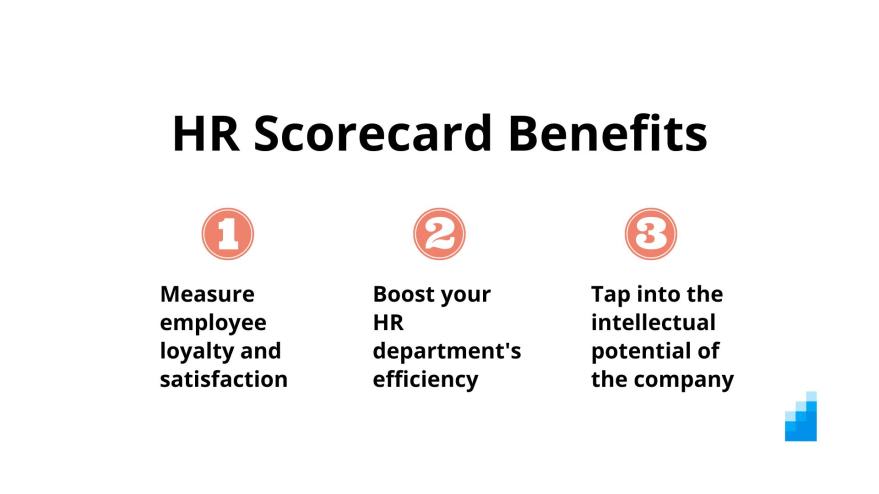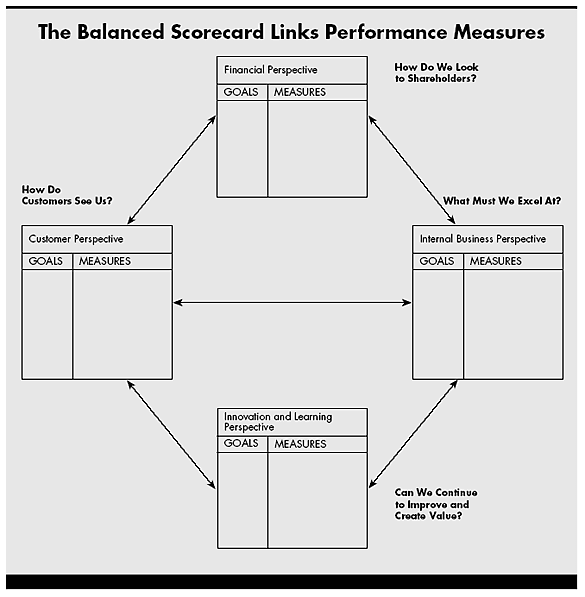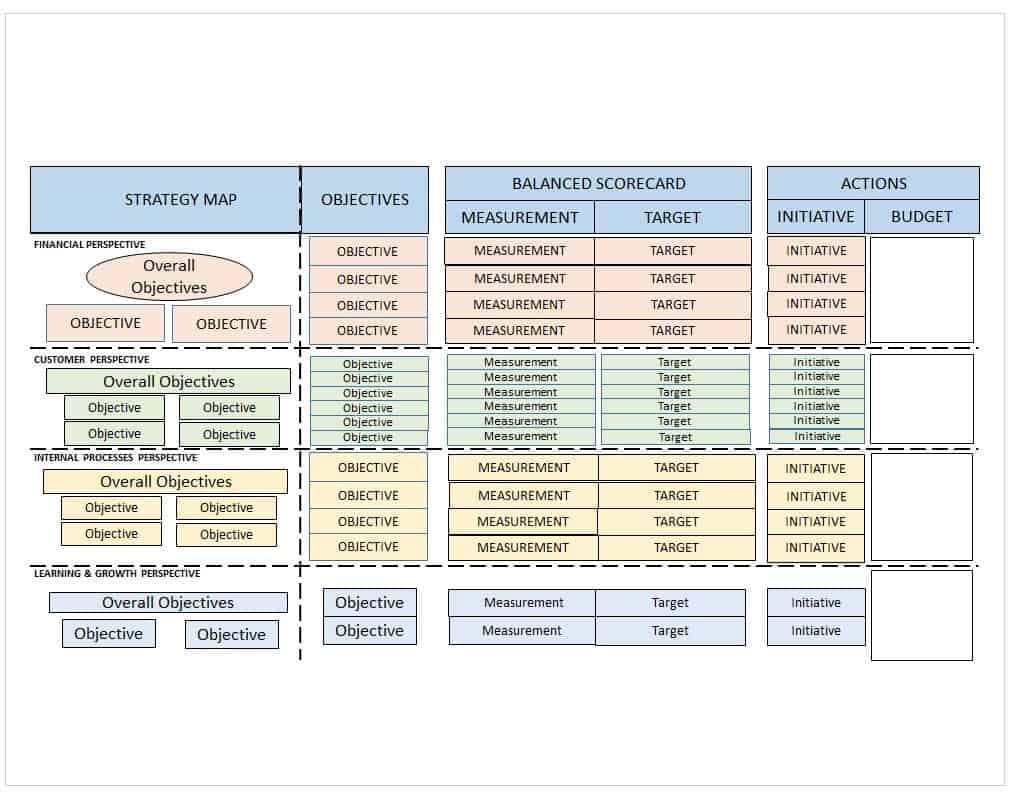
An HR scorecard visually represents the critical measures of the HR department's achievements, productivity levels, and other parameters - such as hiring costs, retention rate, time to fill, quality of hire, and so on - critical to the company's growth.
Most HR scorecards are tied to strategic plans and are designed to track and measure the efficacy of HR activities, enabling the leadership to make targeted investments in HR. Scorecards include current data and comparisons with previous periods.
A walk back in time: History of HR and scorecards
It is true when HR consultant and I/O psychologist Rob Silzer said, "Financial resources may be the lifeblood of a company, but human resources are the brains."
Traditionally HR was viewed as a support function that undertook basic tasks such as payroll, time tracking, and disputes between the organizations and unions. The role of the erstwhile personnel manager evolved into the HR we know today with the advent of the services sector.
Today, HR aids and enables other departments such as sales and marketing, finance, and operations to contribute meaningfully to organizational strategies.
Accompanying the transformation is the rise of initiatives such as the HR scorecard that helps measure how well HR aligns with the company's strategic goals.
Most HR scorecards are based on the works of David Norton and Robert Kaplan, who elaborated upon their earlier "balanced scorecard" theories. They published a management book in 1996 called "The Balanced Scorecard," which was well-received.

From being a bare-bones management device, the HR balanced scorecard approach has blossomed into a full-fledged strategic planning system widely recognized in the industry.
Benefits of HR scorecards
With a scorecard, HR leaders can assess the department's performance in their way and within a set structure that can be understood across the organization. Here are the top four benefits of an HR balanced scorecard:
1. Gives structure to the strategy
A scorecard helps keep the goals at the center, uses specific parameters to track progress, and follows initiatives for monitoring actions.
2. Improves performance reporting
The HR scorecard can come in handy for designing performance reports and dashboards, ensuring the focus remains on critical strategic issues and helping the HR department monitor the execution of its plan.
3. Makes it easier to communicate the strategy
Having a scorecard takes the guesswork out of trying to understand everyone's responsibilities in the team and gets the entire department synced up under one structure. This also gives a much clearer picture of HR projects and initiatives.
4. Connects every HR employee to organizational goals
An HR scorecard allows HR personnel to individually align their goals across the department and organization. When every employee sees a greater purpose behind the goals and objectives they are aiming to achieve; it engages them even more in their work.
Disadvantages of an HR balanced scorecard
While there are so many benefits to deploying an HR scorecard, there are potential roadblocks you should be aware of:
- Even though there are many HR scorecard templates you can use, the framework must be customized to suit your business requirements. This can be time-consuming and tedious - especially for first-time users.
- HR scorecards can be overly complicated to understand despite there being many case studies and resources to read from.
- HR scorecards usually require managers to report information, which can cause some resistance and even delays.
Scenarios where using an HR scorecard makes sense
Research shows that companies that use a balanced scorecard approach tend to outperform those that do not. HR can use the tool in several scenarios, including:
- To identify HR team members who need extra attention and provide them with feedback and targeted training opportunities.
- To determine who needs support from HR and make informed decisions regarding resource allocation.
- To evaluate and measure the effectiveness of HR and allocate the budget towards HR initiatives.
- To give clear insights into which HR projects should be prioritized and set realistic targets.
How to create and utilize an HR scorecard
If you are new to creating HR scorecards, fret not. In the following section, we have provided step-by-step instructions to help you tap into the full potential of a scorecard:
1. Define your goals and objectives
Building an HR balanced scorecard requires you to discuss four types of questions with your HR department. They include:
a. Financial
E.g., How can you quantify the financial impact of learning and development initiatives in the new financial year? Think of recruitment spending, training budgets, and incentive management.
b. Customer
E.g., What can you do to positively affect the workforce, which, in turn, impacts the external customer? Employee engagement or satisfaction surveys are common here.
c. Processes
E.g., How can you measure the effectiveness of the technologies already in place to serve the business needs? Consider the update of performance management software or time to fill.
d. Learning and growth
E.g., How are you supporting the future capability of the company? That could include the viability of succession plans, digital transformation, and leadership training.

2. Identify HR deliverables
Goals may differ depending on the type of HR scorecard you use. However, they must generally reflect your core business values and company strategy. For instance, if your company has adopted lean principles to be recognized as an innovative organization in the industry, you could include the following HR deliverables in your scorecard:
- Hire more qualified professionals (within a specific time frame and using various candidate sourcing strategies)
- Decrease recruitment costs (by 12%)
- Decrease time to hire (by ten days)
Once you have identified your goals, it is essential to set KPIs against them so that you can rely on quantifiable measures to highlight vital results.
For instance, decreasing the time to hire from 40 days to 30 days in a quarter and bringing the company's current rank in the sector-wide innovation benchmark from #7 to #3 are excellent HR scorecard examples.
Set up your HR scorecard in two significant columns:
a. The primary goal, which should briefly answer what you plan to achieve and describe the overarching outcomes associated with fulfilling your primary purpose.
b. Measurement sections that can be broken down as per the different types of analysis your HR department wants to conduct.

3. Fetch data and ready your HR systems
After designing the HR strategy map and scorecard, it is time to gather data, such as payroll, leave requests, attendance records, employee skills assessments, and so on. For this, you could use any spreadsheet tool such as Google Sheets or Microsoft Excel.
Whatever you choose - please ensure your HR can input relevant data into the software accurately. Think of using spreadsheets as a trial run so you can organize the data - without formalizing anything.
After signing up for any HR software platform, you can upload the personnel records for better visibility into data and processes. The outcomes of your analysis on each HR process will help you highlight specific HR scorecard metrics.
4. Leverage HR analytics to link every element on the scorecard to business outcomes
In simple words, HR analytics refers to creating insights on how investments in the workforce contribute to the success of four principal outcomes, including risk mitigation, expense reduction, revenue generation, and strategic planning execution.
A well-designed HR scorecard can generate meaningful results within minutes. On the other hand, a poorly designed system can create false positives or side-track from what you are trying to achieve. That should not be the case.
Your HR scorecard needs to contain metrics that hold you accountable for effectively implementing initiatives that influence your business outcomes.
5. Implement standardized reporting
Based on the information you have gathered in the above point, track essential metrics such as employee turnover, first-year attrition rate, revenue per employee, offer acceptance rate, time to productivity, and so on.
Decide on the types of reports you want to create and the metrics they should include. It is important to note not everyone has the same preferences. For instance, the operations team could insist on getting specific, detailed information, while as an HR department, you might require detailed information.
6. Communicate the value of the HR scorecard to leadership
Imagine showing your HR scorecard to your senior managers and C-level execs and statistically demonstrating the cause-effect relationship between business outcomes and the ROI for every metric?
For instance, if you can prove that faster time to hire results in poor hiring and a more structured selection process can help you hire quality employees, then put that in the scorecard. By walking the leaders through the connections between what you are asking them to do and the business outcomes, you will easily gain the buy-in you want.
The HR balanced scorecard: What not to do
Here are some practices to avoid when designing and deploying an HR scorecard, which is as follows:
- Remove irrelevant KPIs from the mix. Your HR scorecard metrics should showcase your progress.
- Your scorecard should be a living document accessible to all who use it. Do not develop it in a bubble.
- Do not take a paint-by-numbers approach. Your company must have a unique, constantly evolving HR scorecard.
- There are many HR scorecard templates available. However, you need to see which one best fits your requirements.
Over to you
Gone are the days when HR did not contribute value to a company's strategy. Now, the department plays a direct role in running a business. An HR balanced scorecard provides a framework for achieving that strategic plan. So please consider how your company operates and how the scorecard can be worth the investment.
FAQs
1. When should you use an HR scorecard?
One can use the HR scorecard to identify individuals in the HR team who need extra attention and provide them with feedback and targeted training opportunities, determine who needs support from HR and make informed decisions regarding resource allocation, evaluate and measure the effectiveness of HR and allocate the budget towards HR initiatives, and give clear insights into which HR projects should be prioritized and set realistic targets.
2. What are the four types of parameters that an HR scorecard includes?
Building an HR balanced scorecard requires you to discuss four types of questions with your HR department. They include - financial, customer, processes, and learning and growth.
3. What is HR analytics?
HR analytics refers to creating insights on how investments in the workforce contribute to the success of four principal outcomes, including risk mitigation, expense reduction, revenue generation, and strategic planning execution.

Asavari is an EiR at Adaface. She has made it her mission to help recruiters deploy candidate-friendly skill tests instead of trick-question based tests. When taking a break, she obsesses over art.
Spending too much time screening candidates?
We make it easy for you to find the best candidates in your pipeline-
with a 40 min skills test.


